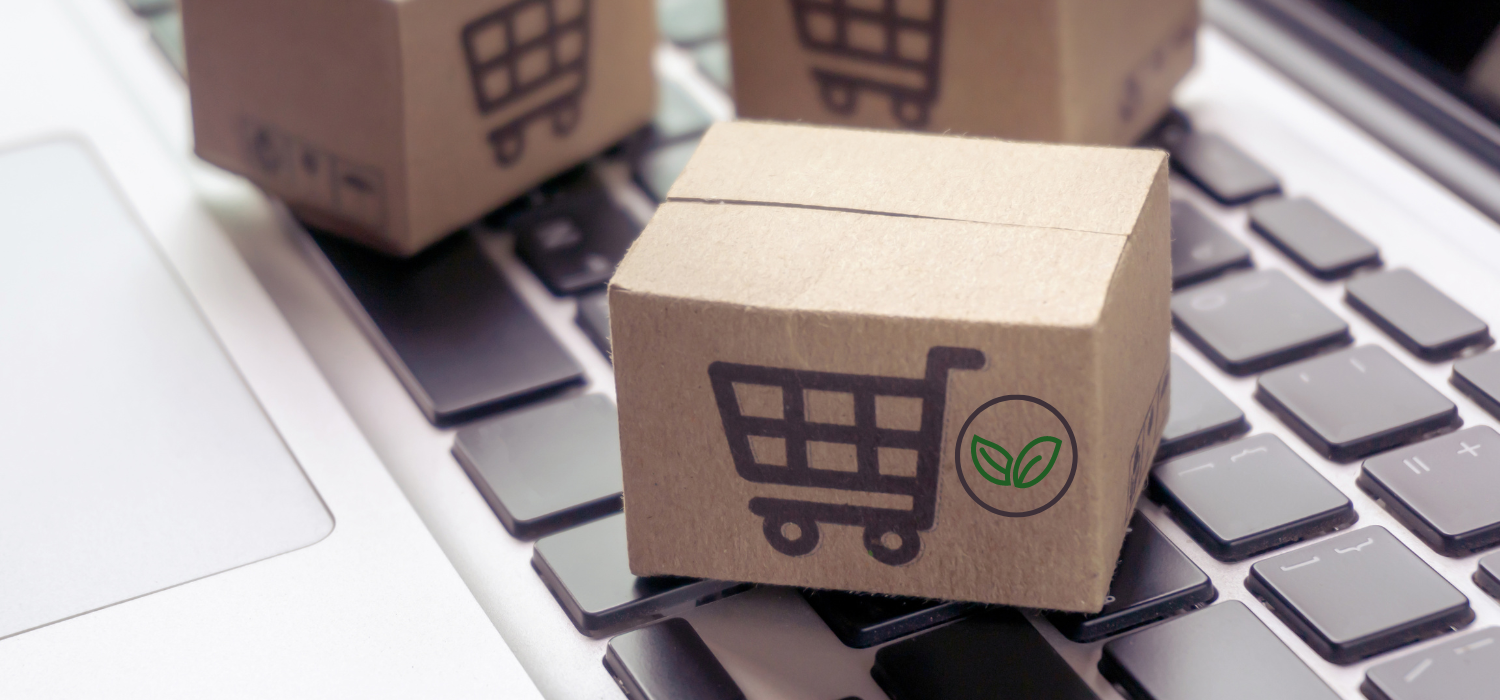As online sales increase to EUR 45.9 billion in 2022, the channels through which users can connect with brands and digitally purchase goods and services are also diversifying.
In fact, one of the most popular trends in the world of eCommerce concerns so-called mobile commerce or mCommerce, i.e. the sale of products and services through mobile devices such as smartphones, tablets and smart devices, including smart watches and smart glasses.
The numbers of mobile commerce
According to data from the Milan Polytechnic’s B2C eCommerce Observatory presented by Valentina Pontiggia at the Netcomm Forum, by 2022 smartphones will be confirmed as the primary channel for making online purchases, accounting for 55% of online sales. This figure is also confirmed by the results of the survey “eCommerce in Italy in 2022” by Casaleggio Associati, from which it emerges that the majority of Internet users (as of today 4.95 billion, i.e. 62% of the world’s population), use mobile devices to connect, and for the first year, purchases from mobile have surpassed those from desktop. Mobile therefore now accounts for an average of 54.7% of global traffic, with peaks of 64% in Africa and Asia, while 42.73% comes from desktops and only 2.48% from tablets.
A growing trend
To understand how much the phenomenon has grown in recent years, it is useful to analyse data from past years. In 2012, in fact, sales from mobile devices accounted for only 5% of the total; in 2013, 8.5%; in 2014, 13%; in 2015, 22%; and in 2016, within just a few years, the percentage had already reached 26% of the total, up to the figures cited today.
Mobile commerce and social commerce: an inseparable link
One possible explanation for the exponential growth in sales via mobile devices is a phenomenon we have already discussed on this blog: so-called social commerce, i.e. the purchase of services and products via social media, or the possibility of being directed via these channels directly to an online sales platform. According to the Digital 2022 report by We Are Social, in 2022 there will be 43 million active users in Italy on social networks, 5.4% more than in 2021. Use from smartphones and tablets generated more than 80% of the total volume of time online, with the greatest involvement in the 18-24 age group. As we anticipated in a previous in-depth study dedicated to Generation Z, in fact, younger people are radically changing the world of eCommerce, establishing new consumer trends and online sales methods.
Augmented reality revolutionises – also – mobile commerce
Moreover, certain technological integrations that are gaining ground in the world of online shopping, such as the use of Augmented Reality, which allows one to virtually try on a product, see it in 3D and place it virtually in a room, on an avatar or on one’s own face, are more easily accessible via mobile devices, thus enabling the user to enjoy an innovative and personalised shopping experience. A feature that, among other things, also reduces the number of returns, contributing significantly to more sustainable online sales.
A glimpse into the future: mobile couponing
In light of what has emerged, it can be assumed that the mobile commerce phenomenon will continue to grow in the near future. One of the most interesting phenomena to keep an eye on, and which can contribute significantly to the development of mobile commerce, is so-called mobile couponing, i.e. the promotion and sending of dedicated discounts via apps and thus to be exploited via mobile devices. According to data from Juniper Research, more than one billion people are already using dematerialised coupons in apps, 80% of which will be redeemed on a mobile device in 2022.
Geomarketing to support proximity commerce
A formula that, among other things, winks at proximity commerce thanks to the potential offered by geomarketing. Through localisation, in fact, it is possible to send digital coupons to all users who have gone to a physical store or in its vicinity, influencing their shopping experience. In this way, the user may be interested in returning to the shop or completing a purchase via the online channel, with a view to increasing integration between the physical and digital channels.
Do you want to digitise your local shop? In this insight you will find three useful tips for doing so.
If you already have a digitised neighbourhood store and want to offer your customers alternative, flexible and sustainable delivery methods, GEL Proximity can help you! We are the first platform that aggregates thousands of Pick-up Points and Lockers nationwide. Find out more about our services, or contact us for more information.








